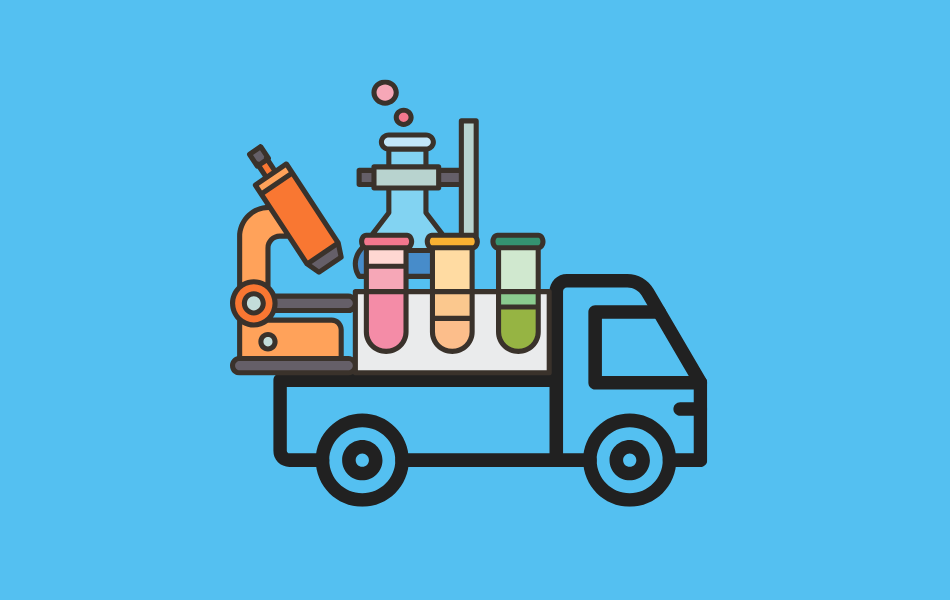
Modern laboratories use various equipment and tools daily for testing, research, and development. These tools are essential in research labs, diagnostic centers, and quality assurance labs.
Advanced lab equipment makes it easier and faster to analyze samples, improving the lab’s efficiency and the accuracy of its processes. With new technologies like artificial intelligence (AI) and automation, labs are now more efficient and reliable than ever.
The demand for high-tech lab equipment is growing worldwide as industries require more advanced tools. However, finding the right supplier can take time and effort for businesses. A well-organized list of laboratory equipment suppliers can solve this problem, helping companies in the healthcare and research sectors operate more effectively and meet their needs.
These technological advancements are driving progress in science and diagnostics, making labs more productive and capable.
Global Laboratory Supplies Market Size
The global laboratory equipment market is witnessing remarkable growth. In 2024, the market was estimated at approximately USD 31.19 billion and is anticipated to grow to around USD 74.62 billion by 2032, with a compound annual growth rate (CAGR) of 10.20% projected between 2025 and 2032.
This growth is fueled by increasing investments in research and development, advancements in technology, and a rising demand for laboratory automation across industries such as healthcare, pharmaceuticals, and biotechnology.
Laboratory equipment suppliers are vital to this ecosystem, as they design, manufacture, and distribute instruments and systems tailored to meet diverse industry requirements. While some suppliers focus on niche markets with specialized products, others provide a wide range of general laboratory equipment suitable for various sectors.
Selecting the right laboratory equipment supplier is crucial for businesses looking to optimize efficiency and remain competitive in this rapidly evolving landscape.
The Top 10 Largest Laboratory Equipment Suppliers in the US
Thermo Fisher Scientific
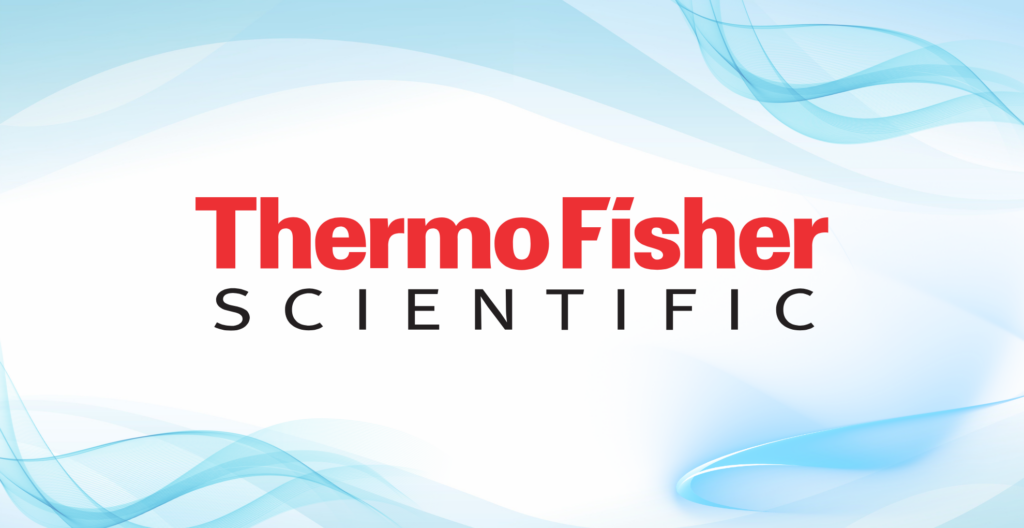
Establishment Year: 2006 (merger of Thermo Electron, founded in 1956, and Fisher Scientific, founded in 1902)
Headquarters: Waltham, Massachusetts, USA
Net Worth: $204.96 Billion (2024)
Overview: Thermo Fisher Scientific is a global leader in analytical instruments, equipment, reagents, and consumables for laboratory applications. They cater to diverse industries like healthcare, pharmaceuticals, and biotechnology, offering innovative solutions for life sciences and clinical diagnostics.
Mettler Toledo

Establishment Year: 1989 (merger of Mettler Instrumente AG, founded in 1945, and Toledo Scale Company, founded in 1901)
Headquarters: Columbus, Ohio, the USA
Net Worth: $26.4 Billion (2024)
Overview: Mettler Toledo specializes in precision instruments for laboratory and industrial use. Their product portfolio includes balances, pipettes, and analytical tools, which are widely used in quality control and research across scientific and industrial sectors.
Beckman Coulter
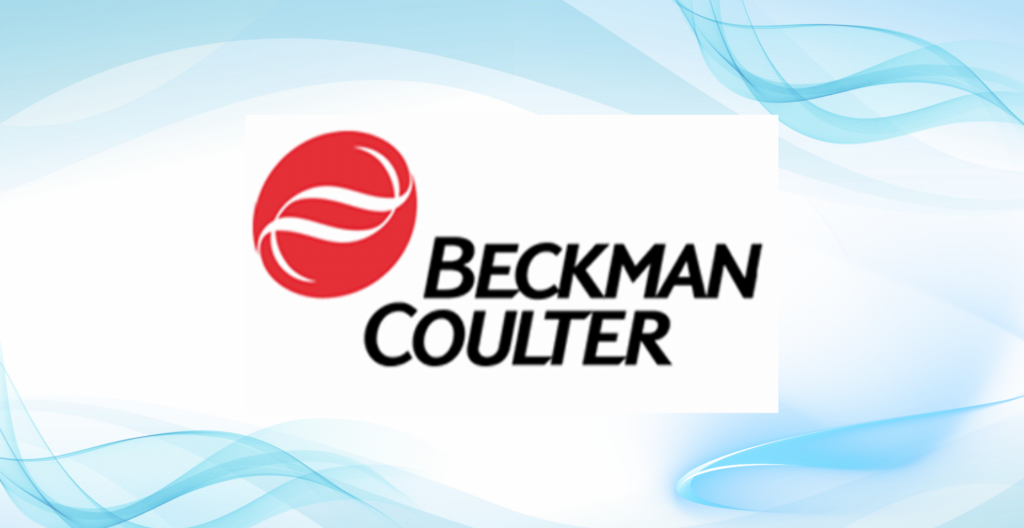
Establishment Year: 1935
Headquarters: Brea, California, USA
Net Worth: $84.5 Billion (2024)
Overview: Beckman Coulter focuses on biomedical testing instruments and supplies. Known for innovation, their tools are extensively used in diagnostics, clinical research, and life sciences to enhance disease detection and healthcare outcomes.
Bruker Corporation
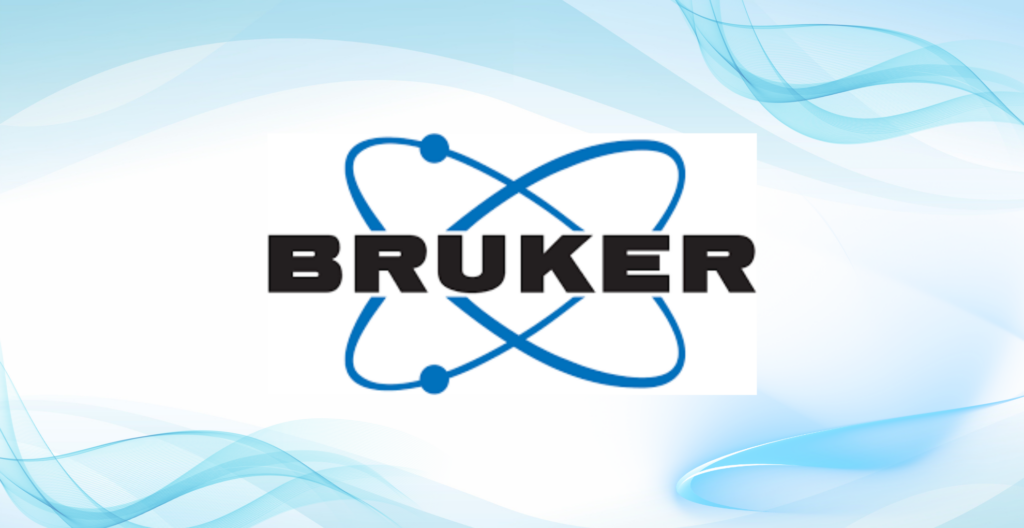
Establishment Year: 1960
Headquarters: Billerica, Massachusetts, USA
Net Worth: $10 Billion (2024)
Overview: Bruker designs cutting-edge scientific instruments for molecular and material analysis. Their technologies include NMR spectroscopy, mass spectrometry, and X-ray diffraction, which are vital for academic and industrial research.
Waters Corporation

Establishment Year: 1958
Headquarters: Milford, Massachusetts, USA
Net Worth: $22.91 Billion (2024)
Overview: Waters Corporation specializes in analytical tools such as liquid chromatography and mass spectrometry. Their solutions support drug development, food safety, and environmental testing advancements.
Agilent Technologies

Establishment Year: 1999
Headquarters: Santa Clara, California, USA
Net Worth: $40 Billion (2024)
Overview: Agilent provides laboratory instruments, software, and consumables for research and diagnostics. Its robust offerings support industries such as genomics, proteomics, and applied chemical analysis.
PerkinElmer
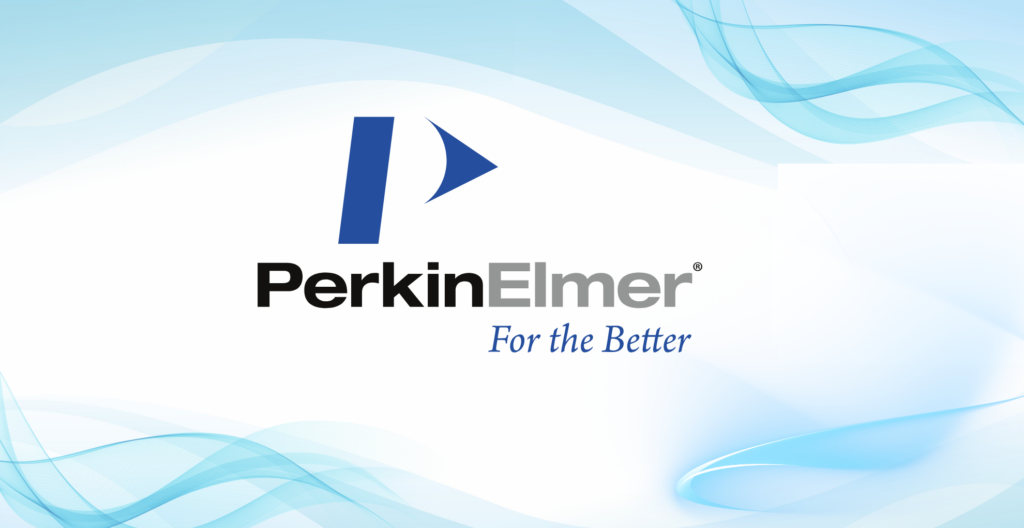
Establishment Year: 1937
Headquarters: Shelton, Connecticut, USA
Net Worth: $12.47 Billion (2024)
Overview: PerkinElmer is at the forefront of diagnostics and life sciences, delivering technologies for analytical instrumentation and genetic testing. Their solutions accelerate breakthroughs in human and environmental health.
VWR International (Avantor)
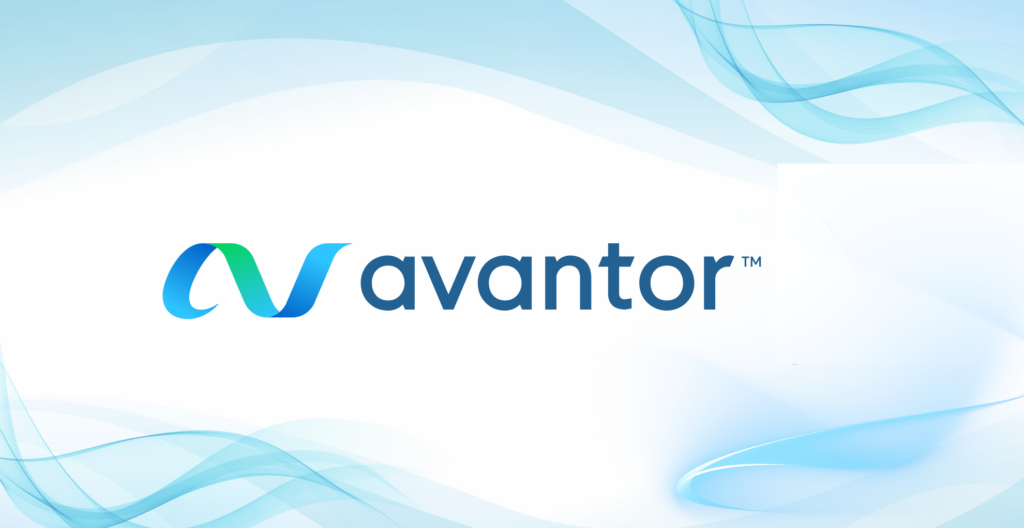
Establishment Year: 1852
Headquarters: Radnor, Pennsylvania, USA
Net Worth: $10 Billion (2024)
Overview: VWR, operating under the Avantor brand, provides laboratory products and services designed to meet the specific needs of the biopharma, education, and government sectors. It is widely recognized for its comprehensive product range and dedication to innovation.
Kimble Chase

Establishment Year: 2007
Headquarters: Vineland, New Jersey, USA
Net Worth: $730 Million (2024)
Overview: Kimble Chase is a premier supplier of laboratory glassware, including beakers, flasks, and tubes. Their high-quality products are critical for pharmaceutical research and environmental testing.
Bio-Rad Laboratories, Inc.
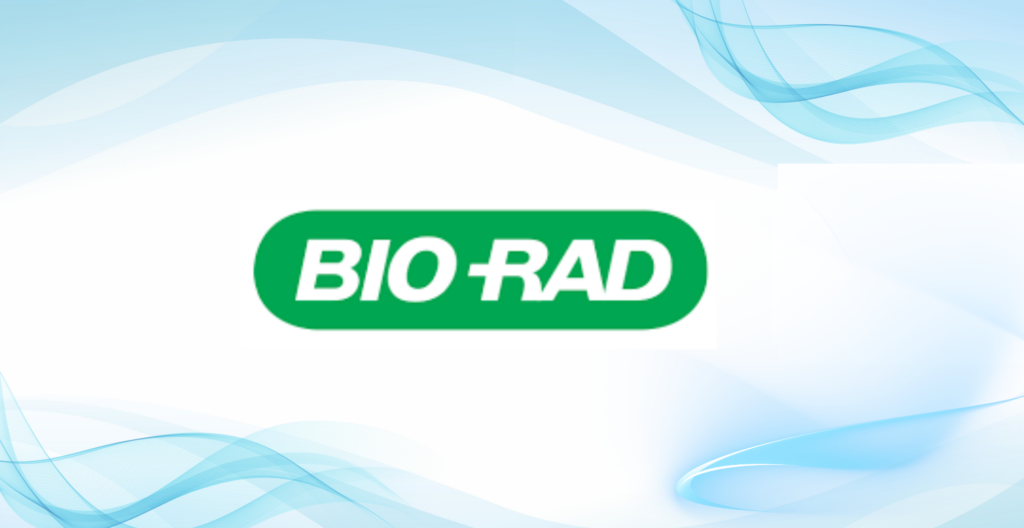
Establishment Year: 1952
Headquarters: Hercules, California, USA
Net Worth: $ 9.48 Billion (2024)
Overview: Bio-Rad Laboratories develops and manufactures specialized technological products for the life science research and clinical diagnostics markets. Their offerings include instruments, software, consumables, reagents, and content for areas such as cell biology, gene expression, protein purification, and drug discovery.
Conclusion
Advancements in laboratory equipment technology are proliferating. The demand for innovative tools and instruments is at an all-time high, driving significant production increases.
This growth has created opportunities for manufacturers and suppliers to meet these rising needs. The availability of advanced equipment allows laboratories to improve their efficiency and streamline operations.
As a result, research institutions can work more effectively, make faster discoveries, and showcase their findings with greater impact.






